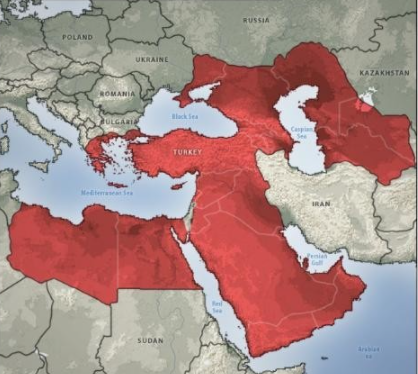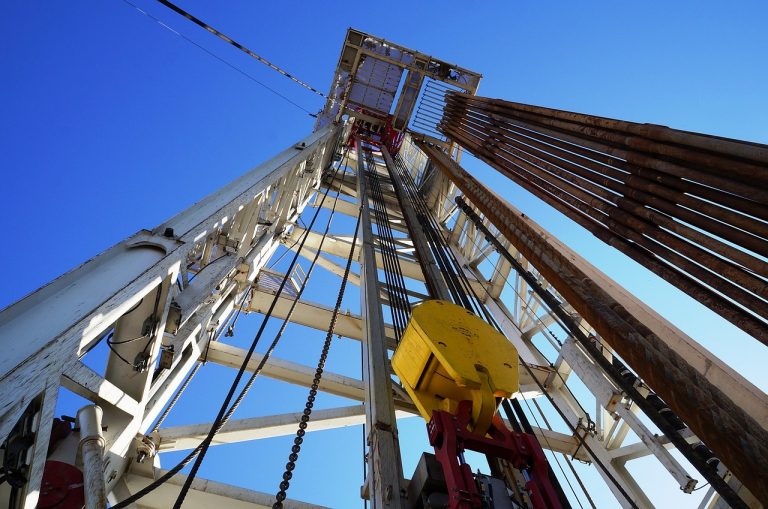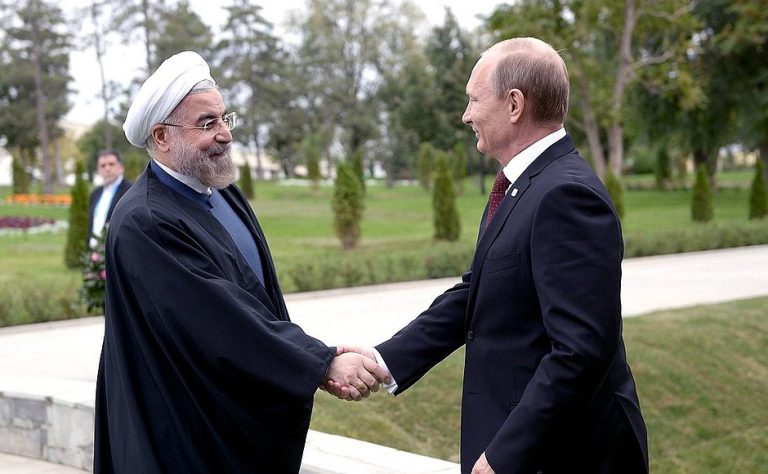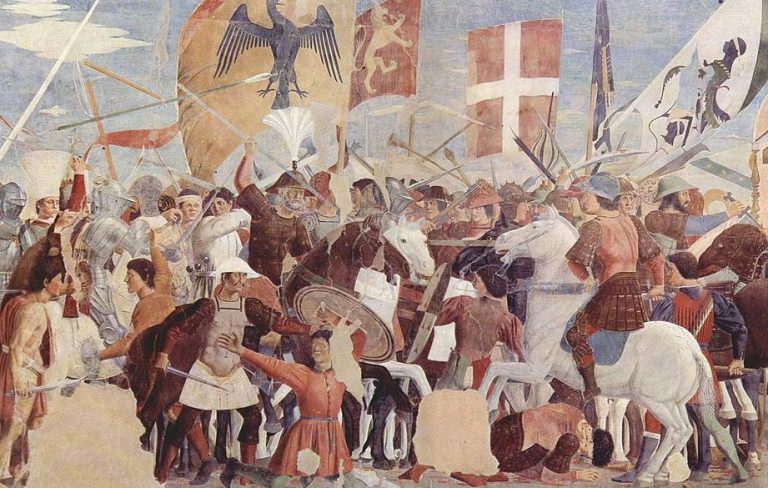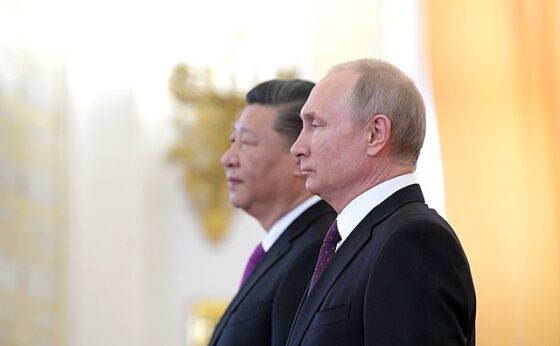
- Emil Avdaliani
- Paper No. 2116
Following the withdrawal of the US from Afghanistan, Washington is allegedly trying to reestablish a military presence in Central Asia, similar to what it did in the early 2000s. Though some level of cooperation is possible with Russia within the framework of great power relations (and much still depends on Moscow’s goodwill), China opposes any American military or security expansion near its restive Xinjiang province.


